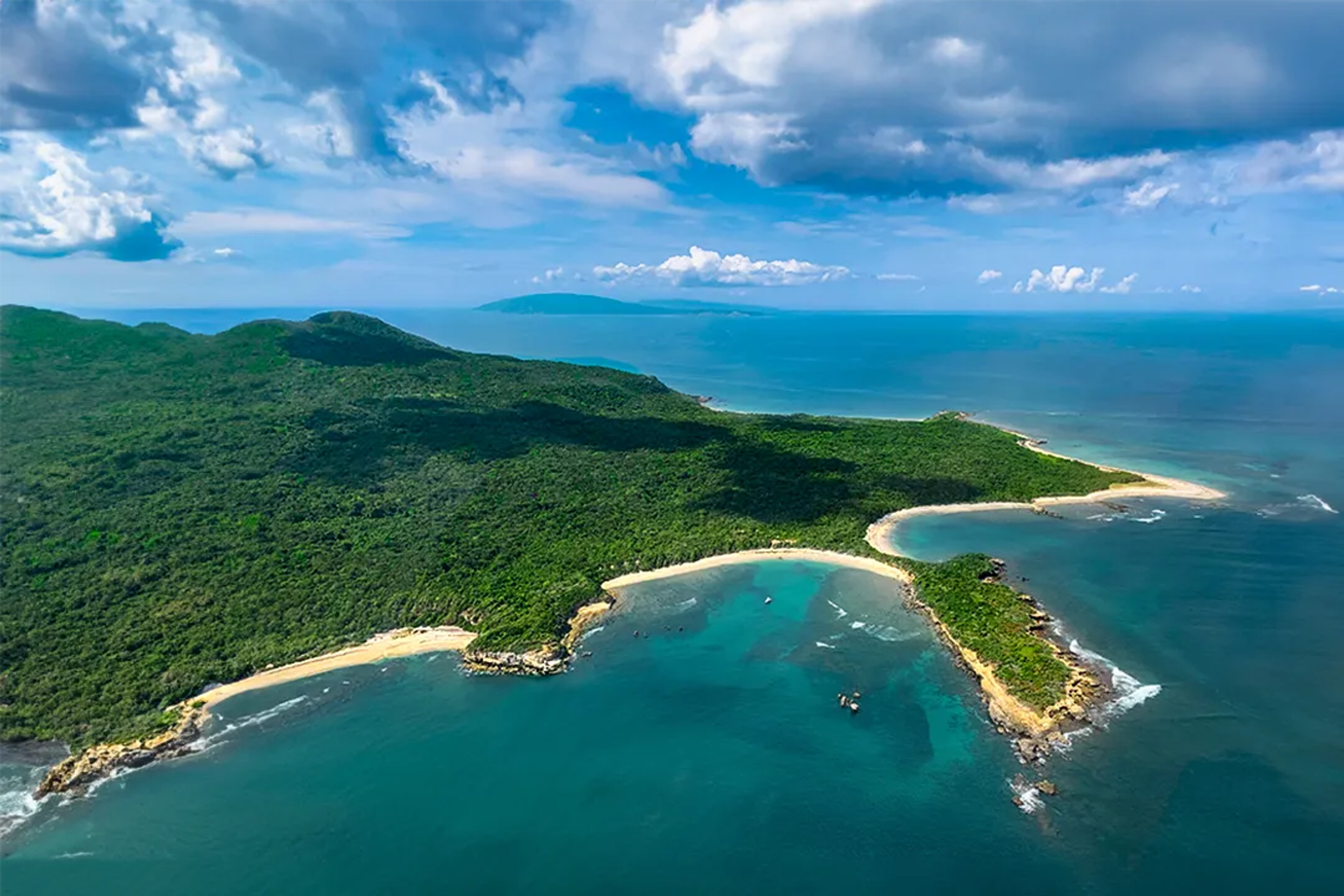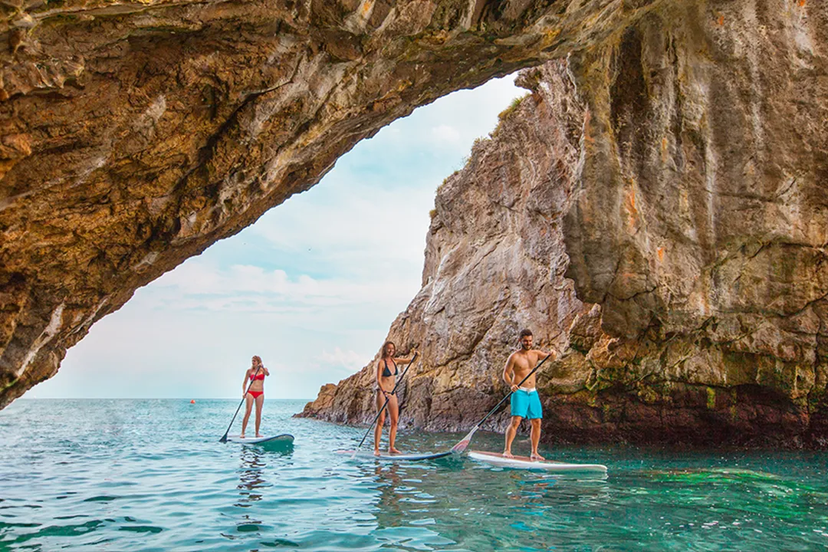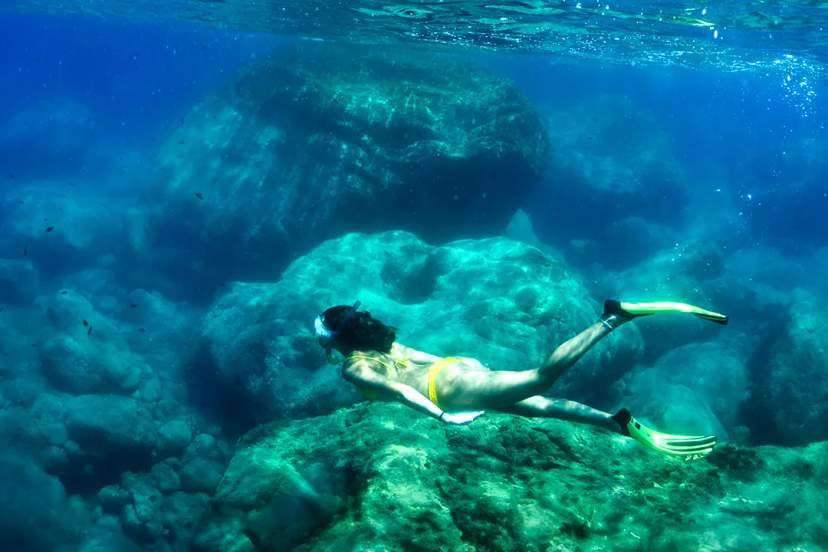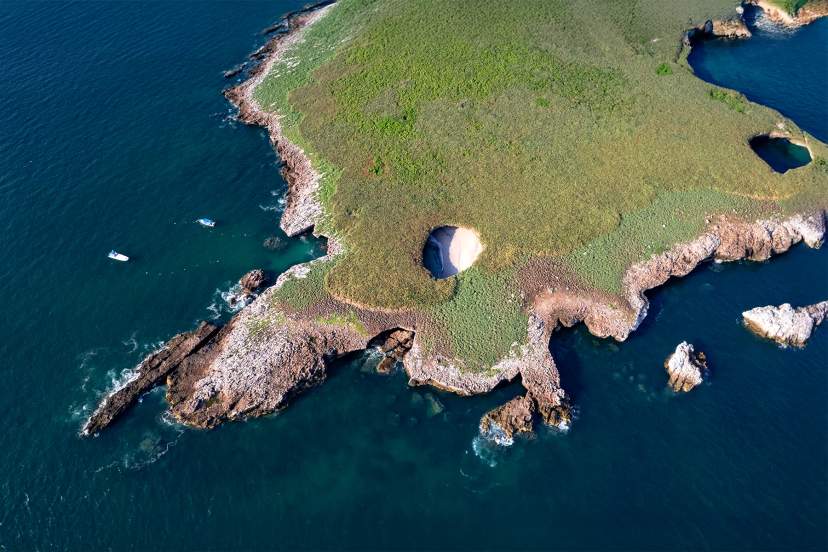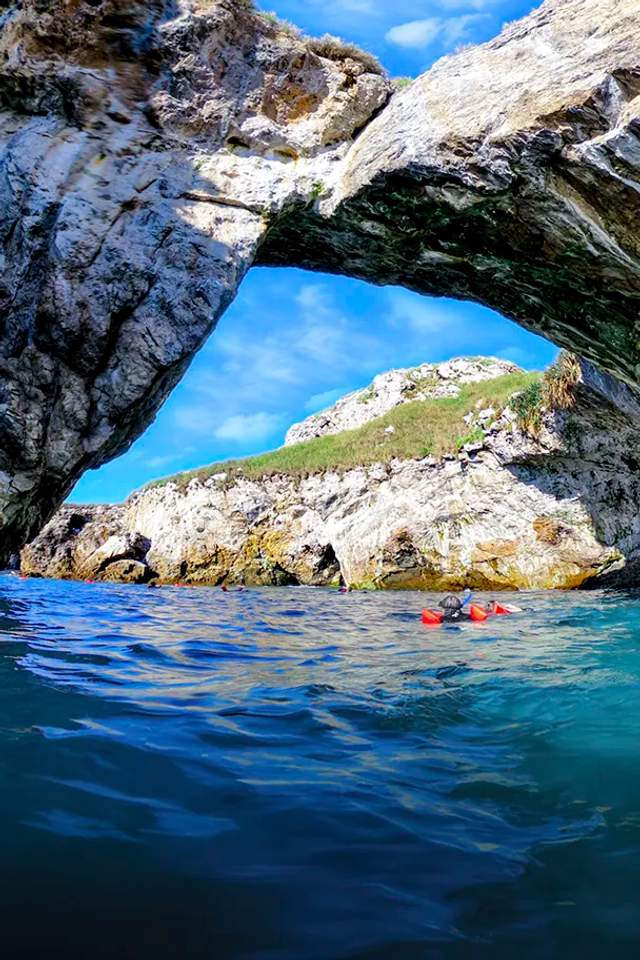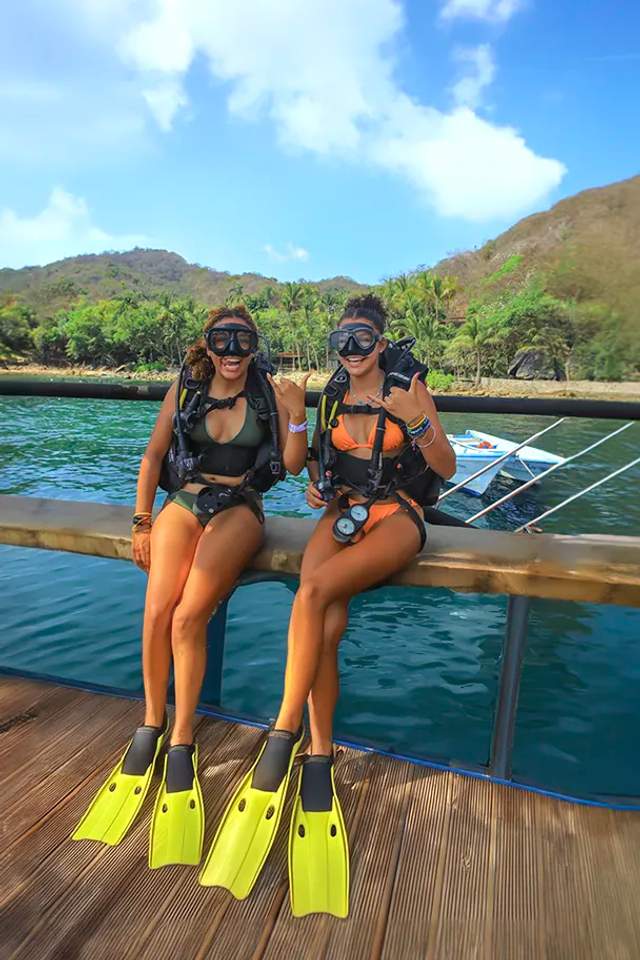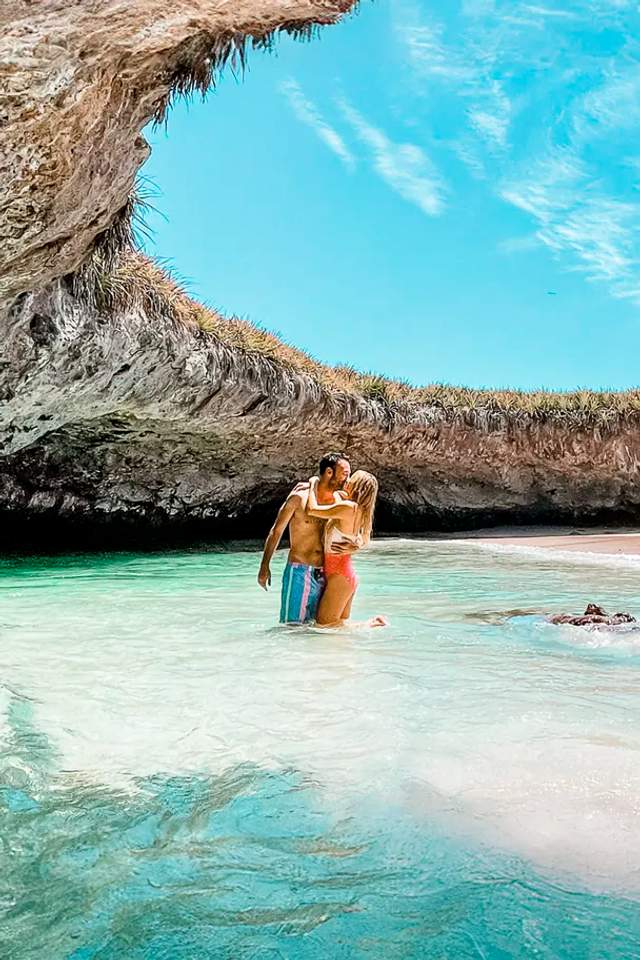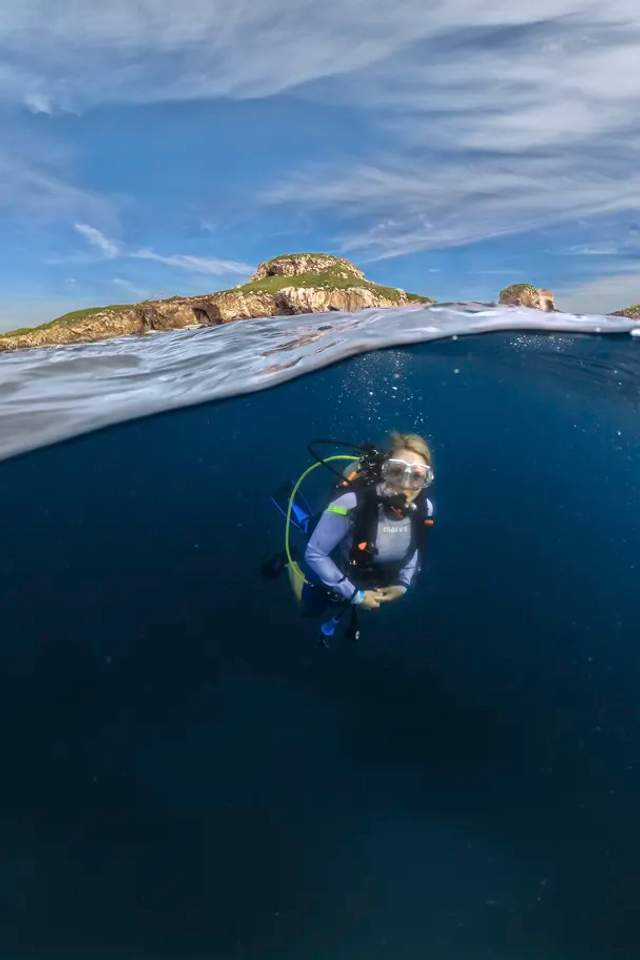THE ISLAND CHAIN, MADE UP OF FOUR ISLANDS, WAS MOSTLY UNINHABITED EXCEPT FOR THE MARIA MADRE ISLAND, WHICH UNTIL 2019 HELD A PRISON.
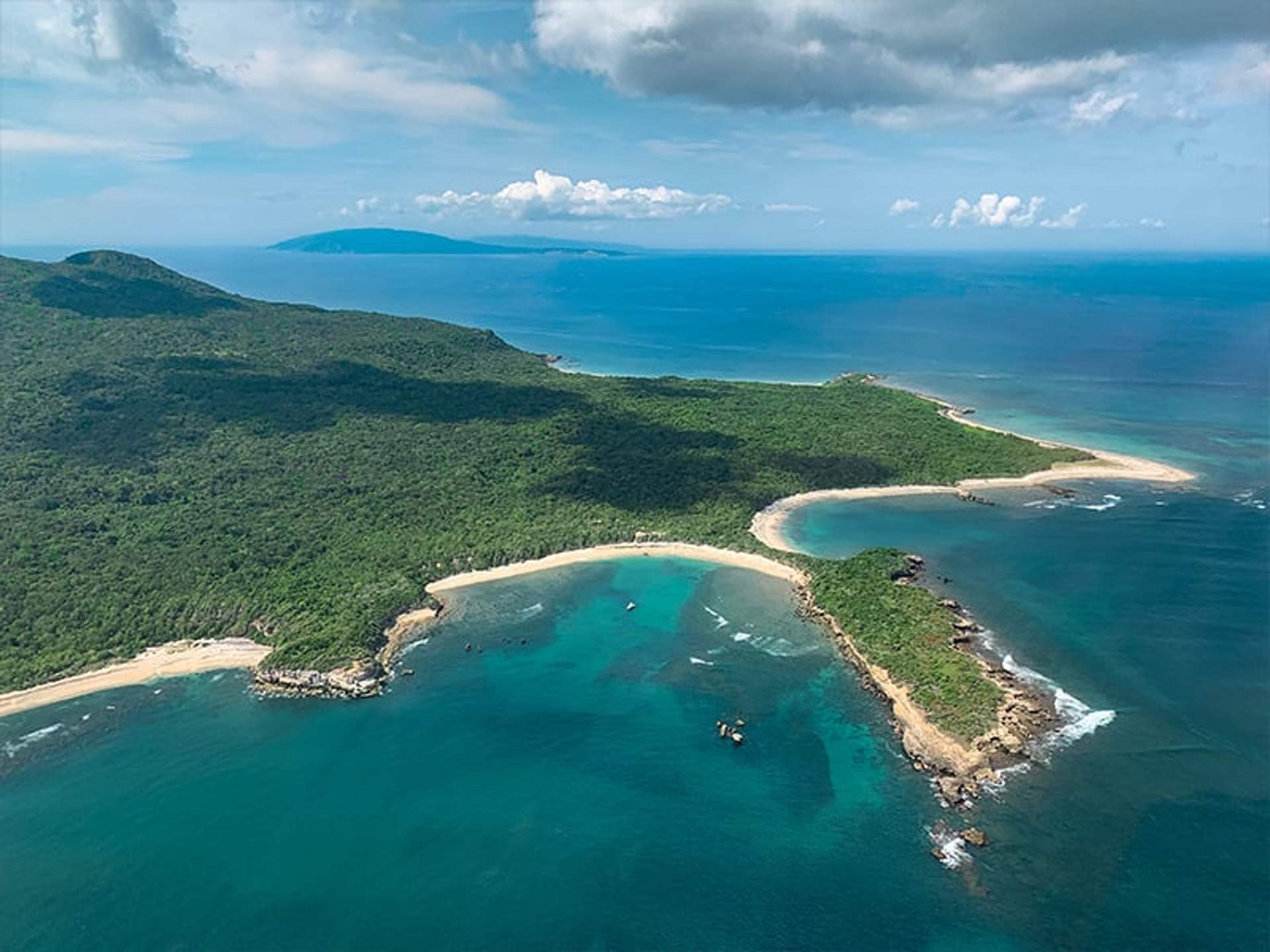
WHERE ARE THE ISLANDS LOCATED?
The Islas Marías (Las Tres Marías) are a small archipelago of islands located in the eastern Pacific Ocean, lying at a distance of 94 kilometers from the coast of Mexico's Nayarit state and 322 kilometers from the tip of the Baja California peninsula.
The islands were named after three women called Mary in the Bible. Isla María Madre is the largest of the islands, followed by Isla María Magdalena (70.44 km²) and, further south, Isla María Cleofas (19.82 km²). A smaller island, San Juanito, lies just off Isla María Madre.
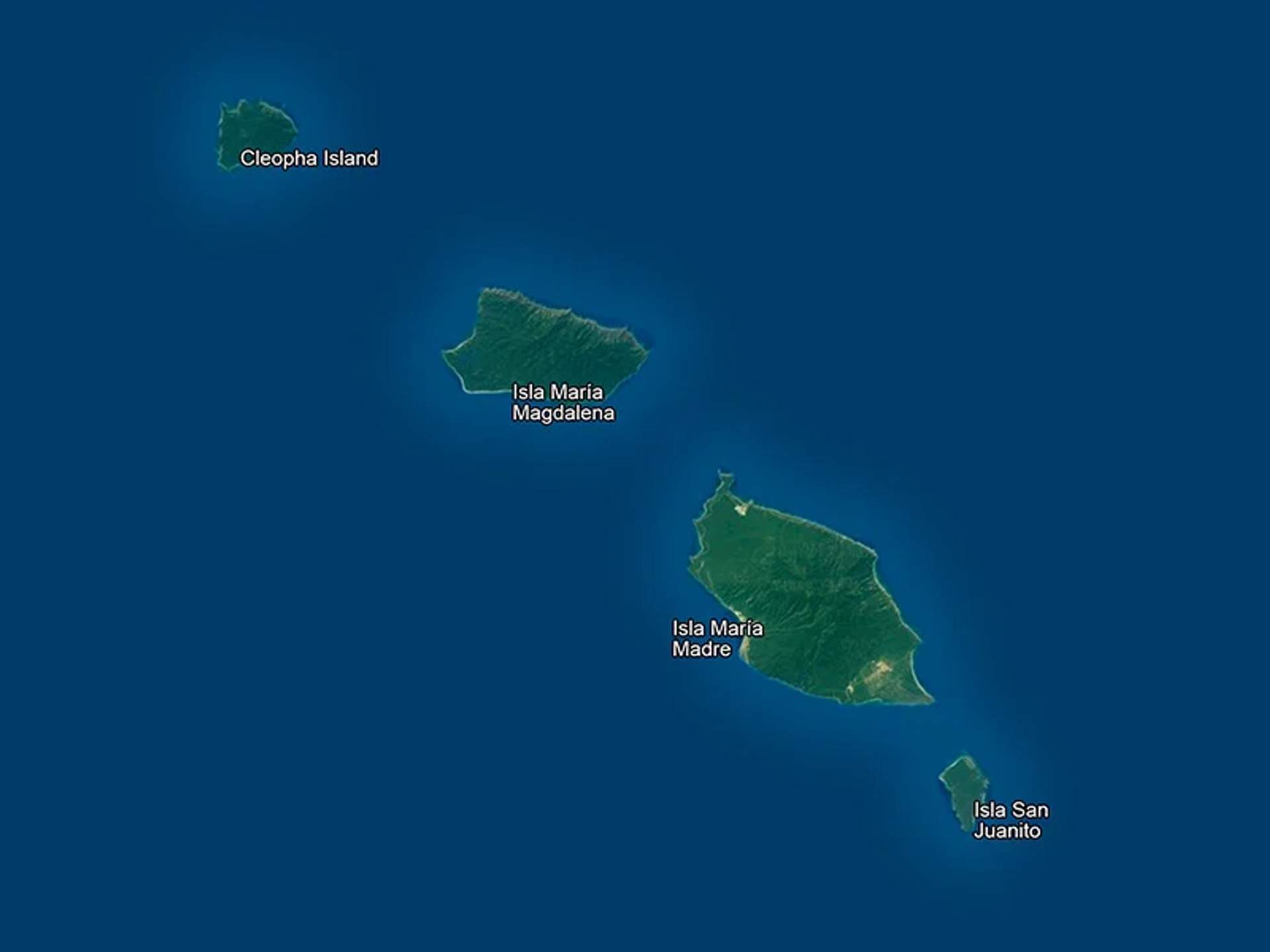
WHAT IS THE HISTORY OF THE ISLANDS?
The first European to discover the islands was Diego Hurtado de Mendoza, who gave them the name Islas Magdalenas. The islands saw use as a penal colony (Islas Marías Federal Prison) from 1905 until 2019 when President Andres Manuel Lopez Obrador announced that the prison was to be closed and would be replaced with a cultural center that will be named after José Revueltas.
The prison colony was mainly engaged in agriculture, some farming, and fishing. Far from the harsh reputation of places like Devil’s Island, in more recent times the Islas Marias had harbored mostly low-risk prisoners for whom the “prison without walls” was viewed as a step toward reintegration into society. Some prisoners were even allowed to live with their families.
ECOLOGICAL IMPORTANCE
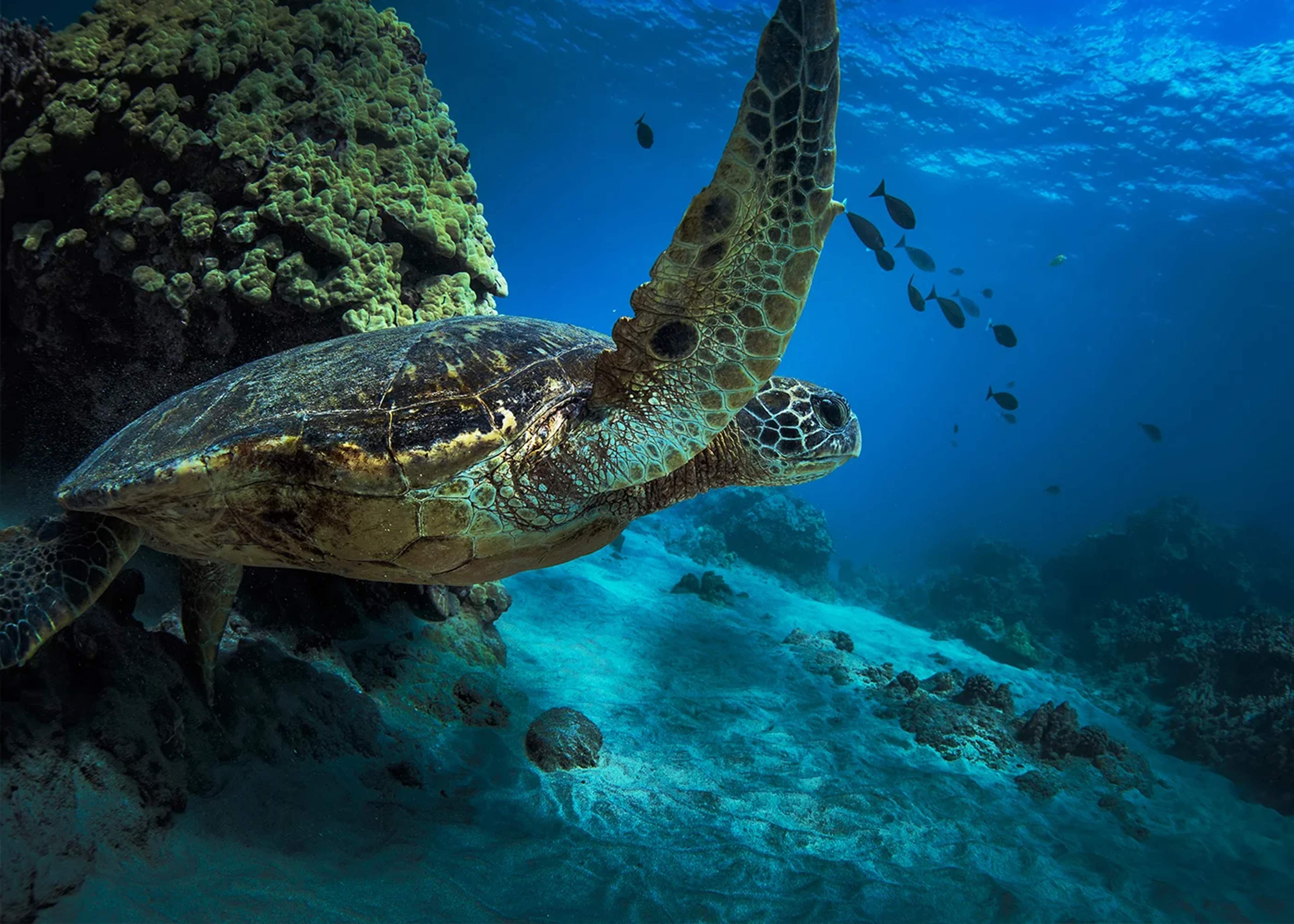
In 2010 the Islas Marías was designated as a UNESCO biosphere reserve, a specially protected biodiverse region.
The Tres Marías Islands are home to a diverse array of flora and fauna, including the Tres Marías Raccoon (Procyon insularis) and the endemic Tres Marías Cottontail Rabbit (Sylvilagus graysoni). The landscape is composed of grasslands, scrub, deciduous and sub-deciduous tropical forest.
Since the prison closure, researchers have found 21 species of sharks, 10 different rays, three species of sea turtles and healthy coral reefs. Whale sharks visit the waters off the Marías, and other species such as sardines, tuna, and red snapper, are thriving. The reserve is also an important nesting and feeding site for large colonies of sea birds.
The average temperature on the islands ranges between 84F/29C and 89F/32C.
WHAT ARE TOURISM PLANS, ESPECIALLY IN TERMS OF BIODIVERSITY AND CONSERVATION?
The main prison complex is in the process of being converted into an environmental education center, named after the prison's most famous inmate, José Revueltas - the Muros de Agua-Jose Revueltas Environmental and Cultural Education Center.
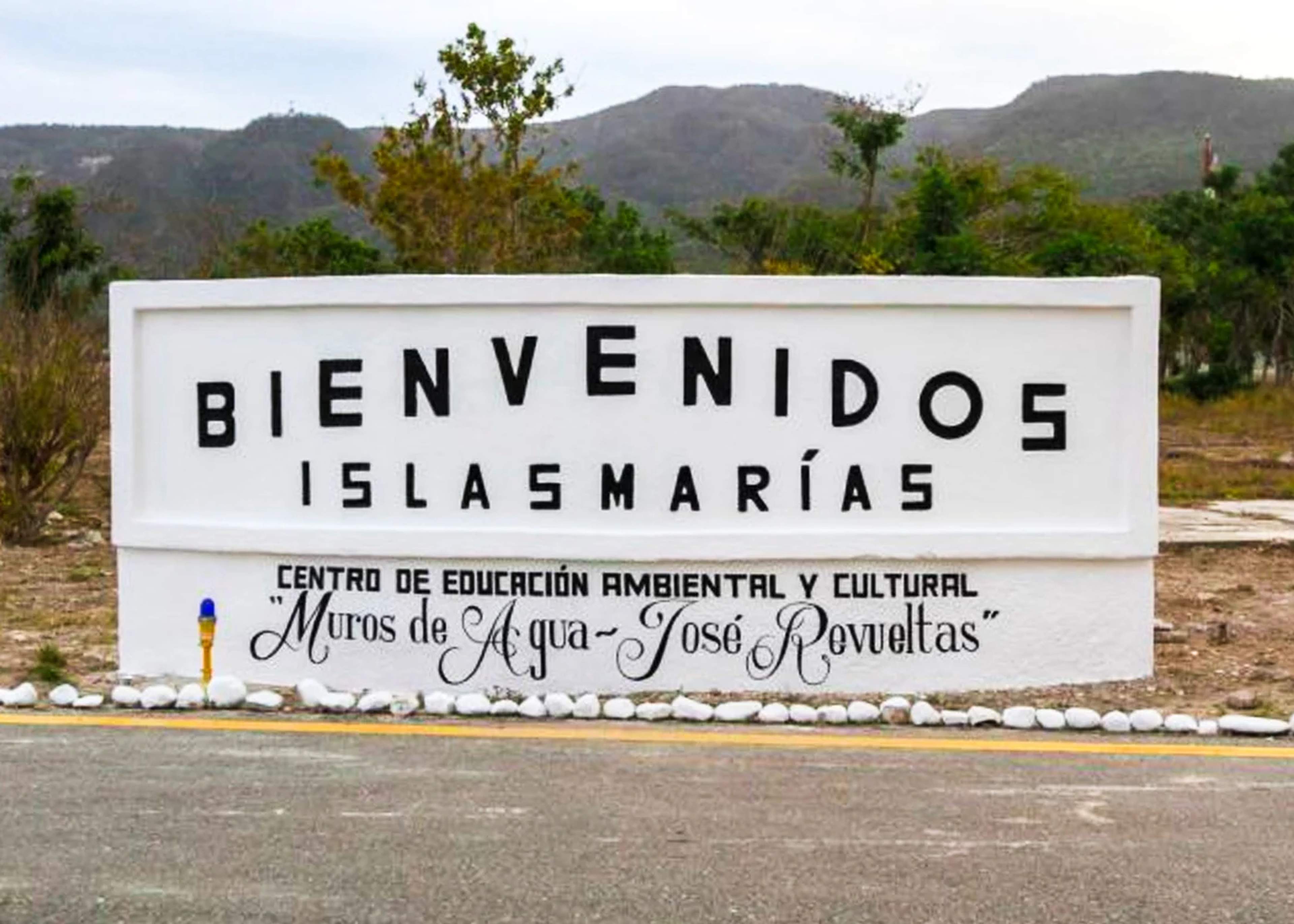
Visitors will be able to tour the remote island jail, specifically the area known as Puerto Balleto, but there are no plans to allow overnight stays at this time.
HOW WILL YOU BE ABLE TO VISIT THE MARIAS ISLANDS?
Current plans are to open the main island for tours in 2021. The most likely departure points for tours will be from San Blas in Nayarit, Puerto Vallarta, and Mazatlan. The boat trip will take between four and six hours depending on the type of tour boat. The tour boats will be required to anchor southeast of Puerto Balleto, and their guests will be taken ashore by tenders.
While we don't currently have a tour to Las Islas Marias, we do have the best tours in Puerto Vallarta. To see the full range of all the amazing tours that we have to offer, please visit our Puerto Vallarta Tours page.
